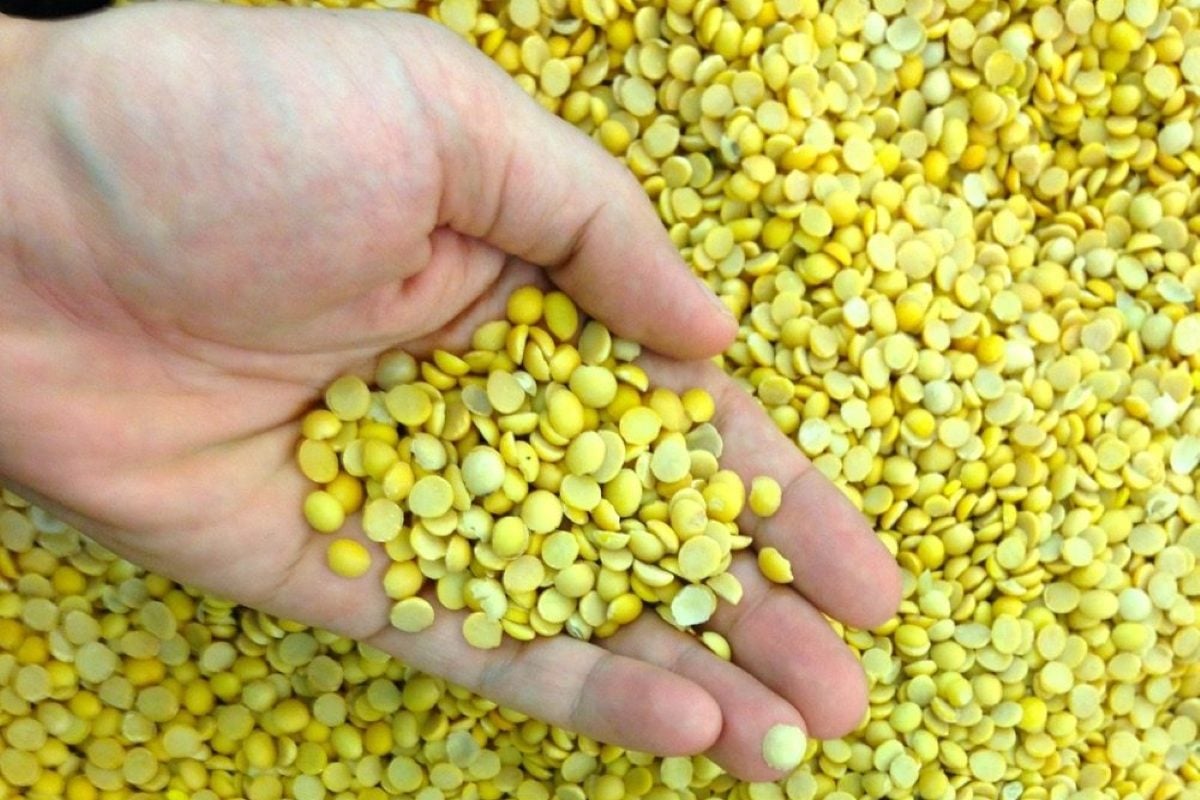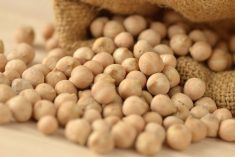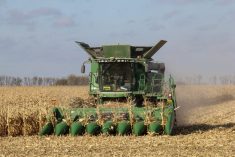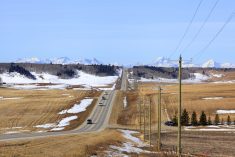Manitoba and Saskatchewan growers planted and produced a record-large amount of soybeans this year — and the crop’s westward expansion is expected to continue in the future.
According to Statistics Canada, Manitoba farmers planted 1.05 million acres of soybeans in 2013-14 and, with good yields, produced 1.07 million tonnes.
Manitoba’s soybean crops got a late start in the spring of 2013, and there were some worries about cooler early-summer weather causing problems, but good conditions in the second half of summer helped bring the crop to maturity in time.
Read Also

Pulse Weekly: Looking for trade deal to benefit Canadian growers
As trade talks between Canada and India are soon to restart, Pulse Canada said it’s looking for any deal arising out of those talks to be beneficial for Canadian pulse growers.
“It was a little worrisome because towards the end of July we had a cooler spell and there were some concerns about the soybeans and how they would finish off,” said Dennis Lange, farm production advisor for crops with Manitoba Agriculture, Food and Rural Development at Altona, Man.
“But August rolled around and we got some good hot conditions and soybeans in the valley did quite well. And we never really got a killing frost in this year in September, so that helped us out quite a bit.”
Saskatchewan data for soybeans was included for the first time in StatsCan’s reports this year, with 118,400 tonnes produced from the 170,000 acres planted in 2013.
Carl Potts, executive director of Saskatchewan Pulse Growers in Saskatoon, said that acreage was nearly doubled from the previous year.
“Alternatives”
Both provinces expect to see another increase in acres next year and beyond, as soybeans are a good cropping option for producers and there are good investments from the seed industry being put into the crop.
“The other thing soybeans add is ease of growing, as in there’s not a lot of grade risk,” said Potts. “There are good crop management alternatives that are out there.”
Soybeans also provide another option farmers can add to rotations in order to keep them sustainable, Potts added.
Acres going into the ground this spring, however, will also depend on where prices are for soybeans when growers are making their decisions about what to plant, said Lange.
Another constraint for producers is that soybeans are a longer-season crop, which could be problematic in Prairie climates.
There are some shorter-season varieties out there, but the last two years have had good growing conditions. A year of bad weather could mean a bad soybean crop in Western Canada as well.
There are seed companies developing and testing varieties more suited to Manitoba and Saskatchewan’s climates, Potts added, but only time will tell whether they will be effective.
— Terryn Shiells writes for Commodity News Service Canada, a Winnipeg company specializing in grain and commodity market reporting.















